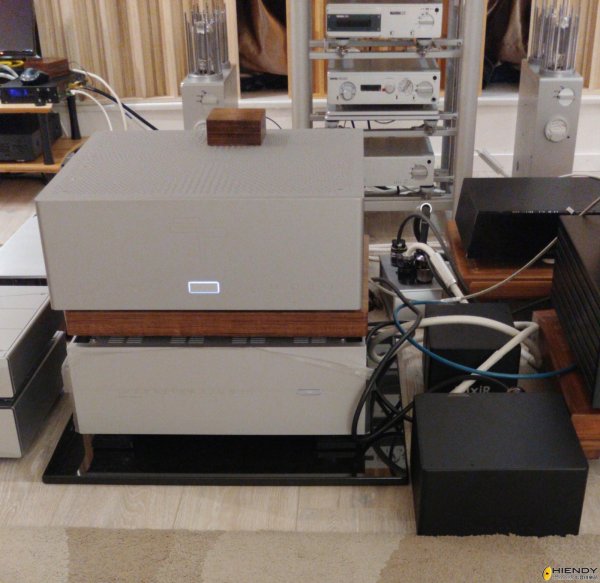According to the Nyquist Theorem,
in order to achieve lossless sampling,
the sample rate must be at least twice as high
as the highest recorded frequency. Thus, an audio signal
with a bandwidth of 20 kHz would require a sampling rate
of at least 40,000 samples/second. It is of equal importance
that no audio signal that is greater than half the sampling frequency
enters into the digitizing process. Such sampled frequencies
introduce erroneous frequencies, known as alias frequencies,
whose lower harmonic multiples enter the audio signal
as false descending frequencies, producing harmonic distortion.
To eliminate the effects of aliasing, a low-pass filter is used
before the analog-to-digital conversion process
in order to remove frequencies above the Nyquist
half-sampling frequency limit.
As the frequency of an incoming signal increases, the shorter period
will be represented by fewer samples, until, at 20 kHz,
the reproduced waveform is represented as a square wave.
In order to eliminate these types of higher-frequency
output distortions and to preserve the lossless nature of sampling,
another low-pass filter is placed at the output of the device.
This has the effect of blocking the upper harmonic components
of a 20-kHz square wave, leaving only the original
undistorted waveform.
The latter is the reason for the low-passing
in CD-Audio (or so called Red Book) players.
Ever since the late seventies, the concept of The Compact Disc
has been a project by Philips and Sony working closely together
on the development of this laser-based audio-carrier.
Leader in this research has been Dr.Kramer,
and he was busy with it in Eindhoven, The Netherlands, ever
since 1968. In 1978 the first actual physical CD-format
was there to experiment on.
44.1kHz was chosen to fit a digital audio signal onto video tape,
in the area used to store the picture. Video was the digital audio
storage medium before we had CD, and the rate of 44.1
is a logical result of that and the need for a safe rate
that could include up to 20kHz, which was considered to be
the human threshold of hearing back then. The first rate
that simply worked (and was interchangeable with video,
since CD-mastering was done on video) was 44.1 kHz.
The 44100 Hertz comes from the calculation
using video-frames, where you can have
3 samples per field of 490/2 lines;
3 x 245 x 60 Hz = 44100 Hz
http://jthz.nl/mp3/CD-44100Hz.htm





